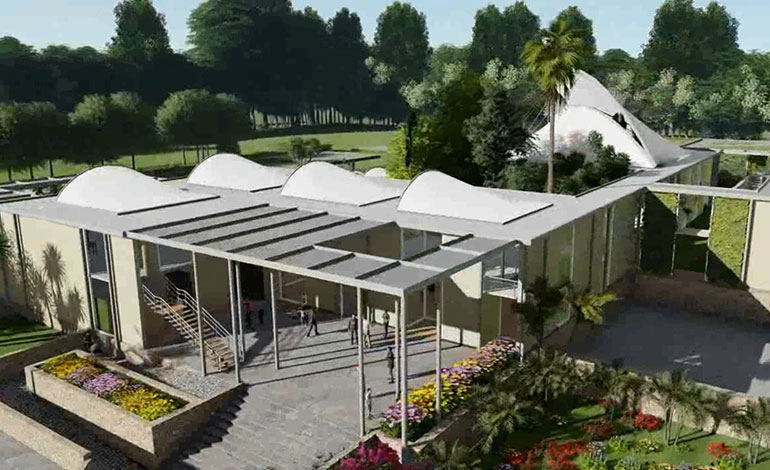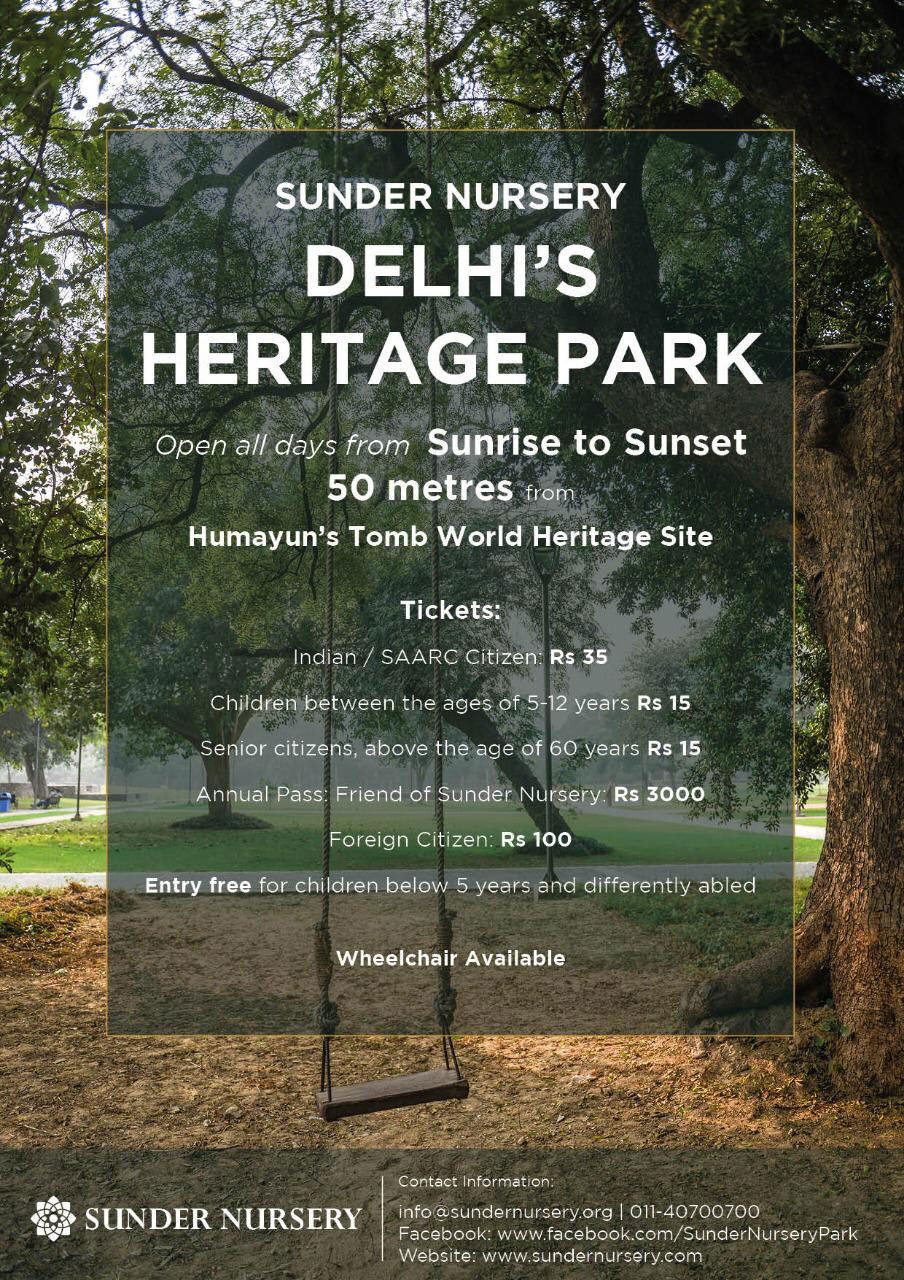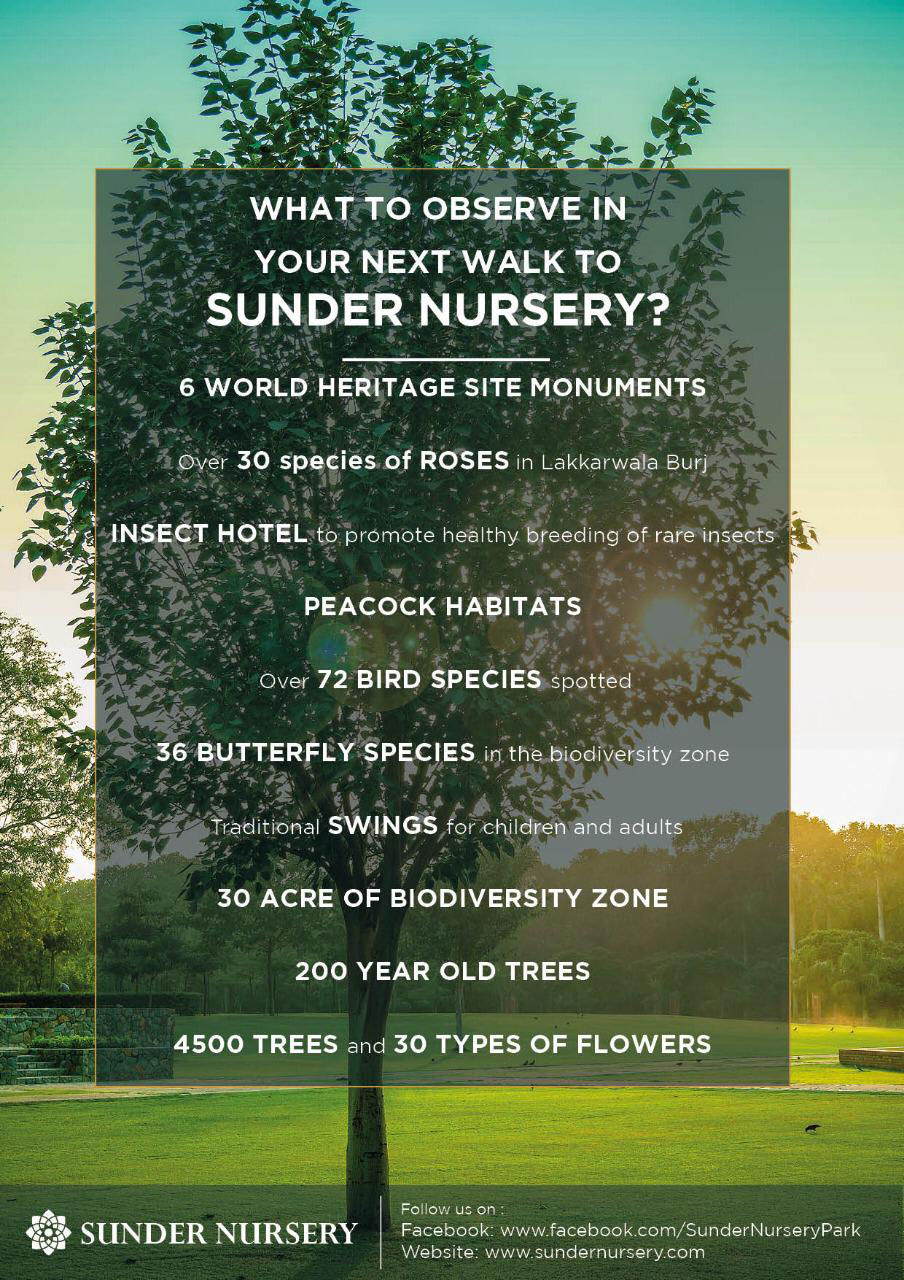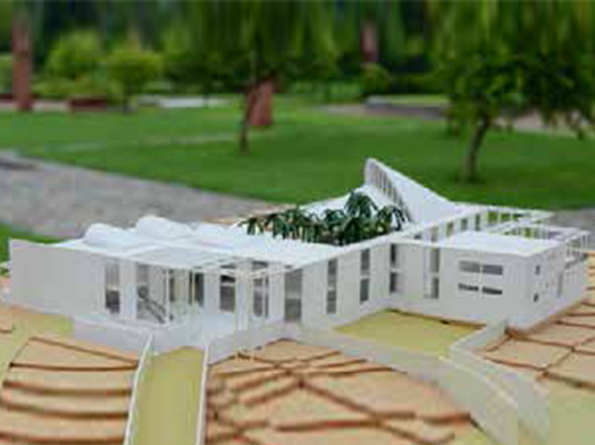
Sunder Nursery Gardenhouse
Architectural model showing the footprint of the structure which is proposed in Sunder Nursery.
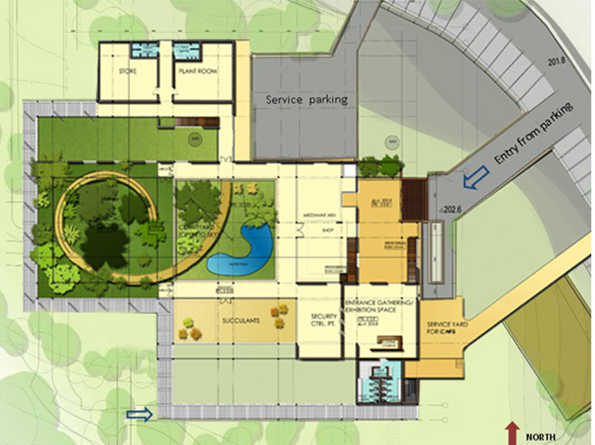
Environmental Design
Key Plan of Garden House indicating the three planting areas of tropical plants, succulents, and open woodlands.
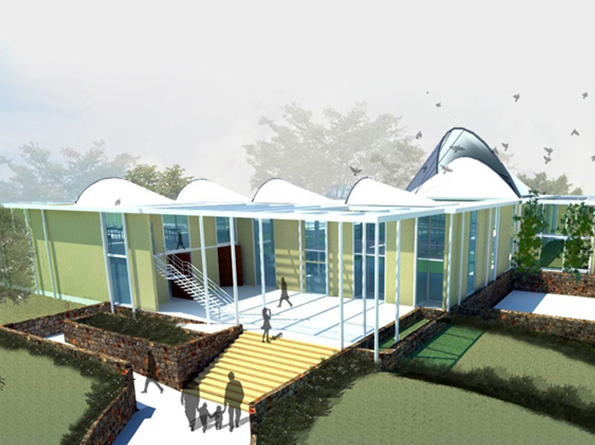
Bioclimatic Design
The Garden House is designed to sit lightly on walls of stone masonry with finely dressed sandstone elements
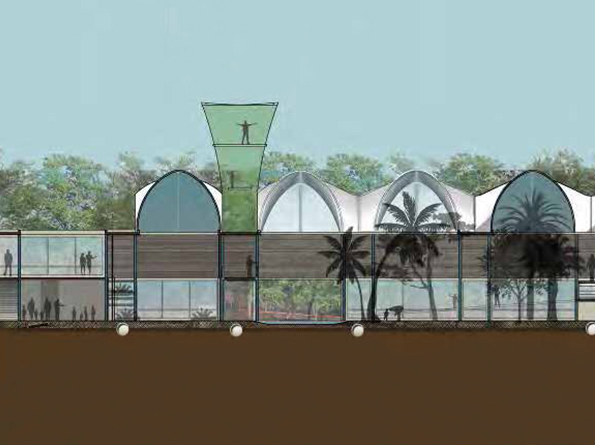
Sectional elevation of the building
The building's Bioclimatic Design also uses natural lighting, ventilation and recycled water further rendering it superior environmental sensitivity
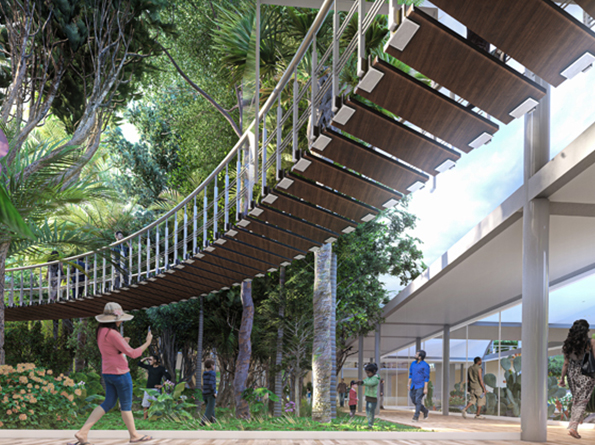
Proposed Interior view
The tensile fabric roofs diffuse natural light indoors creating a soft
ambience for visitors to appreciate the presented flora.
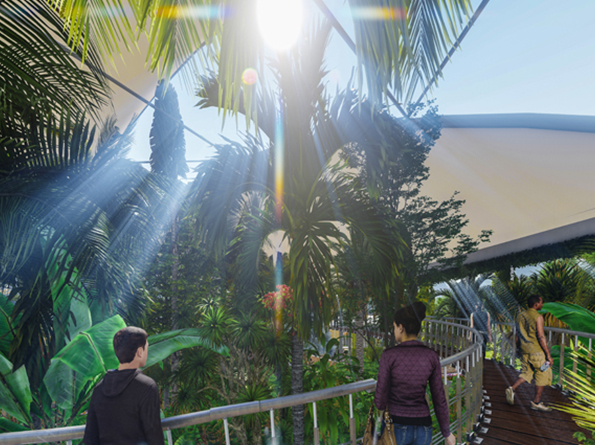
Proposed interior view
Cooled breezes rising from a series of underground earth tunnels escape from the tall vaulted roofs – providing thermal comfort to visitors while protecting showcased flora from Delhi’s harsh seasonal variations.
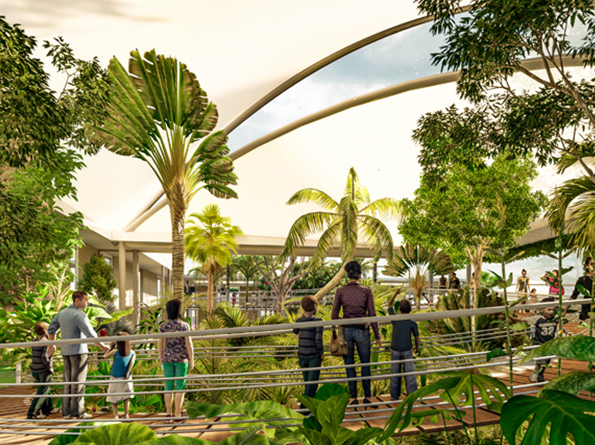
Proposed interior view
The Garden House’s structural assembly uses tubular steel and lightweight fabric canopies reducing the building’s carbon footprint thus, minimizing its ecological impact.
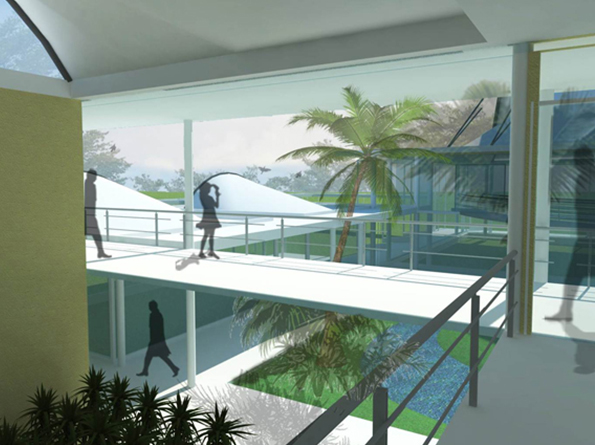
Proposed interior view
The building is proposed to recycle wastewater and compost generated at Sunder Nursery site, setting the benchmark for sustainable building
